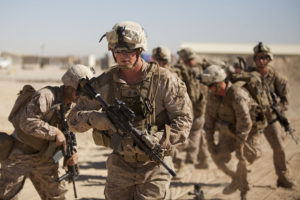
There has been much discussion of the adverse effects on exposure to trauma and combat by veterans, and rightly so. In an all-volunteer force, citizens join the military of their own free will, with varying degrees of understanding about what they may face. Sometimes, the reality of what happens in combat does not match what many service members expect before they get there, and reality tends to set in pretty quickly.
What is less often talked about, but recognized by many service members, is the concept of posttraumatic growth: literally, the experience of significantly traumatic events can and often does generate strength within a veteran. To put it more succinctly, almost verging on cliché, is the old Nietzsche quote: whatever doesn’t kill me makes me stronger.
A substantial number of people also show intense depression and anxiety after extreme adversity, often to the level of PTSD, but then they grow (Seligman, 2011).
There are a significant number of resources available regarding posttraumatic growth; Dr. Martin Seligman wrote about posttraumatic growth in his book, Flourish, with some excellent examples from Brigadier General Rhonda Cornum, a Gulf War POW. Drs. Tedeschi and Calhoun have a lot of great information on their website regarding posttraumatic growth, and are leading researchers in the study of the effects of posttraumatic growth.
The key for veterans is understanding how posttraumatic growth has been seen in their own experiences. The things that we witnessed, the things that we experienced, do not need to be crippling, debilitating events that screw our life up; they can be, and often are, significantly life changing events that build our life up. Veterans understand, intuitively, that the traumatic events that they experienced impact them; but a lack of awareness can lead to a downward spiral that can cause the veteran more harm than good.
As humans, in our daily experience, our wellbeing exists somewhere on a continuum between functional and dysfunctional. Many different things cause a shift along that continuum, but for veterans, exposure to major traumatic events without a beneficial response to those events can cause significant decline. Consider the below graphic:
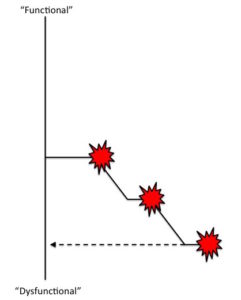 Our veteran starts out at any given point on the spectrum between functional and dysfunctional. How they got there is an accumulation of their life experience. As the veteran progresses in life, trauma occurs; if that trauma affects the veteran negatively, they start to decline. Perhaps the veteran uses unhelpful coping techniques…drinking to forget, engaging in unstable relationships in order to feel connected to someone. Typically, these unhelpful coping techniques lead to another significantly disruptive life event: a DUI, a
Our veteran starts out at any given point on the spectrum between functional and dysfunctional. How they got there is an accumulation of their life experience. As the veteran progresses in life, trauma occurs; if that trauma affects the veteran negatively, they start to decline. Perhaps the veteran uses unhelpful coping techniques…drinking to forget, engaging in unstable relationships in order to feel connected to someone. Typically, these unhelpful coping techniques lead to another significantly disruptive life event: a DUI, a
bar fight, a broken relationship. This causes the veteran to continue to engage in a cycle of unhelpful coping techniques, perhaps leading to more disruptive life events: loss of employment, loss of stable housing. The pattern of disruptive life events followed by unhelpful coping techniques can cause a veteran to end up lower on the spectrum between functional and dysfunctional than when they started.
 Consider the alternative, however; if, after the initial traumatic event, the veteran acknowledges the event and acknowledges the changes inside them, becomes aware of the effect that the traumatic event has on their beliefs about the world and their place in it, it is possible that the event can cause them to grow rather than decline. This growth can happen even if a series of events has caused a decline into dysfunction. It would be much better for the veteran, and those around them, for the decline not to occur, but it is never too late to experience posttraumtic growth until it is too late.
Consider the alternative, however; if, after the initial traumatic event, the veteran acknowledges the event and acknowledges the changes inside them, becomes aware of the effect that the traumatic event has on their beliefs about the world and their place in it, it is possible that the event can cause them to grow rather than decline. This growth can happen even if a series of events has caused a decline into dysfunction. It would be much better for the veteran, and those around them, for the decline not to occur, but it is never too late to experience posttraumtic growth until it is too late.
If you are a veteran, and are experiencing a series of difficult events in your life after transitioning out of the military, it’s understandable. It’s common, and even somewhat to be expected. Whatever challenges we face, however, are opportunities for us to improve, to grow, to succeed…if we choose to seem them as such. If you are not a veteran, take the time to understand what it means to experience the significantly disruptive events in the lives of those veterans around you, and recognize and support their attempts at posttraumatic growth.
Posttraumatic Stress Disorder is sometimes seen as a debilitating, and all to often, terminal condition. It does not have to be this way; coming out the other side of the valley of death, with all of the scars, tears, pain, and blood associated with it, can be a source of strength. We, veterans, each need to recognize, cultivate, and utilize that strength within ourselves. Individual strength then can be connected with others, and collectively, we can make a real difference in the lives of our brother and sister veterans.

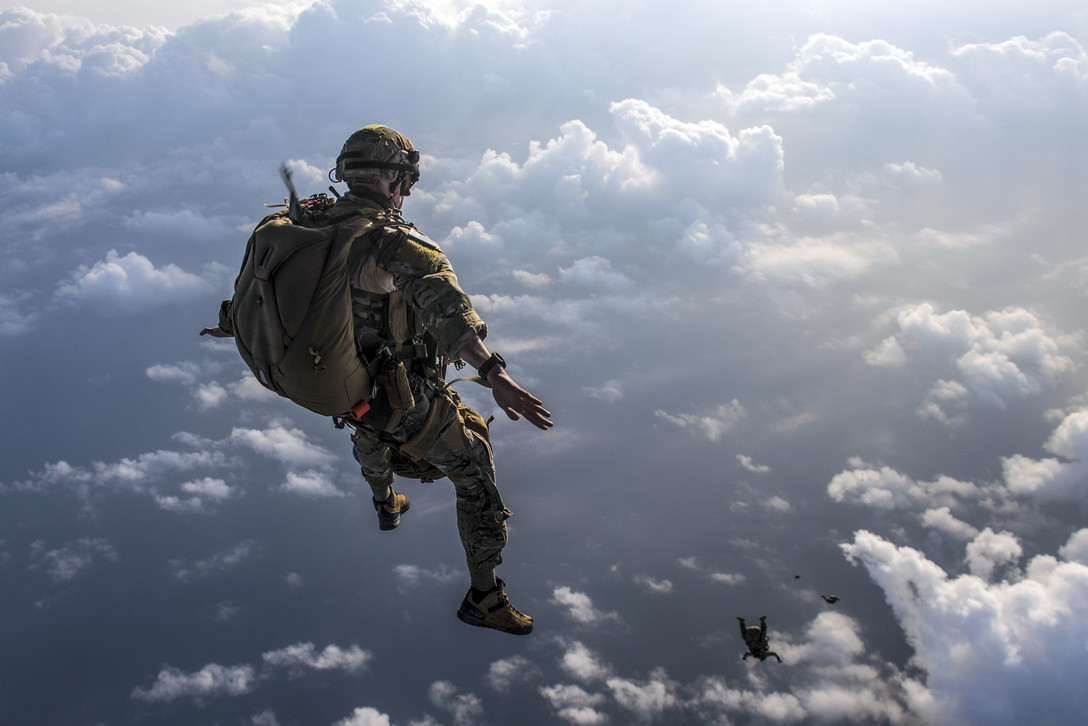
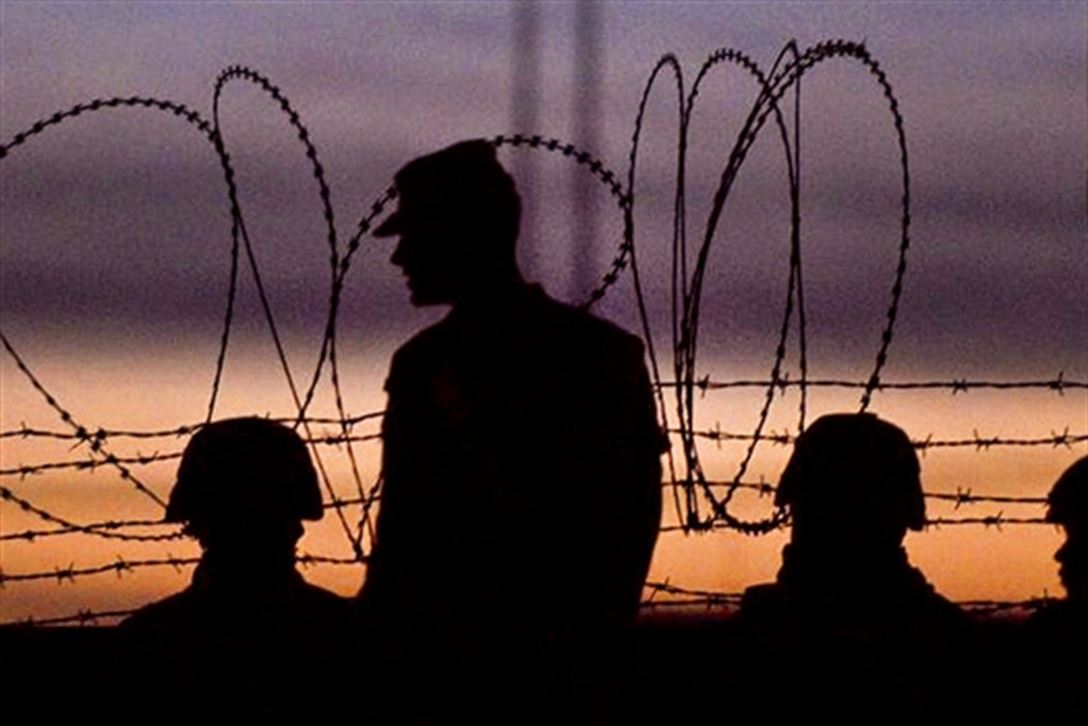
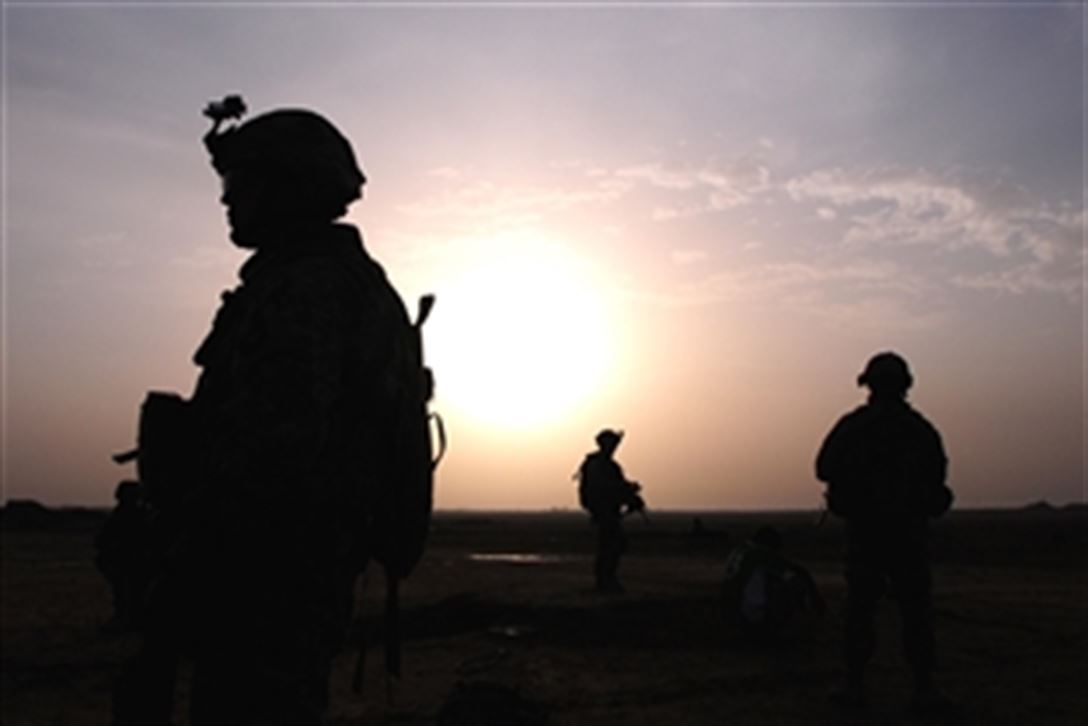
4 Comments
Laura Benjamin · April 3, 2017 at 7:53 am
Seligman’s work is a great resource!
Let's Talk About Veterans for a Minute | Head Space and Timing · August 20, 2016 at 6:43 am
[…] Through the Other Side of the Valley of Death: Veterans and Posttraumatic Growth. Contrary to popular belief, not every veteran who experiences combat can be diagnosed with PTSD. Sometimes, enduring adversity can make us more resilient. […]
Growth, Maintenance, or Decline: Daily Choices That Impact Our Future | Head Space and Timing · January 31, 2017 at 4:01 am
[…] decision above is one that we consistently make, even if we don’t know it. I’ve written before about Posttraumatic Growth, the idea that we can survive, and even thrive, after experiencing a challenging life event. […]
HST044 The Veterans Portrait Project with Stacy Pearsall — Head Space and Timing · February 13, 2018 at 3:01 am
[…] Through the Other Side of the Valley of Death: Veterans and Posttraumatic Growth […]
Comments are closed.